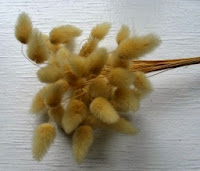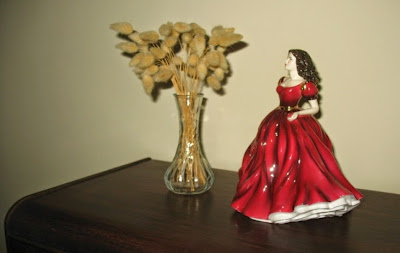Wall barley is a very befitting name for this plant. When I was a child, in the temperate climate of western Turkey this species of grass, together with many other grasses and weeds grew abundantly along the edges of sidewalks and walls, in cracks or in empty lots. These plants were my familiar walking companions. I still look for them when I walk and they don’t disappoint me. I see many of them often along the pavement and in undeveloped lots even at the cooler Montreal zone.
Wall barley is native to Europe, Northern Africa and temperate Asia, and it is widely naturalized elsewhere. It has become widespread and quite common.
Hordeum murinum by its scientific name, wall barley is also known as false barley. Hordeum is a genus of about 30 species of annual and perennial grasses, native to the temperate zones of the world. The word comes from a Proto-Indo-European word meaning ‘bristle’ and later from Latin ‘to bristle’. The origin of the word barley is just as old. The word barn, which originally meant "barley-house", is rooted in the old words for barley.
One species, H. vulgare which is the barley we know, is the fourth commercial cereal grain in the amount produced and hectares used to grow it for human consumption, as fodder crop to feed livestock and for malting in beer and whiskey production.
With our ‘who cares about weeds’ attitude some species of Hordeum are considered nuisance weeds introduced worldwide by human activities and others are endangered due to habitat loss. Wall barley is among those considered as nuisance weeds unfortunately. Negative descriptions are common about the places it manages to grow such as, waste grounds, urban environment or bare patches.
Wall barley is an annual grass in the grass family Poaceae. The flower heads of wall barley appear during May through July but in warm climates they can last until late fall. The plant can grow up to a meter in height and the flower heads can reach 10 cm long. The leaves can be 8 mm wide and to 8 cm long.


My husband Henri Barki in Istanbul in October 2008
The rectangular flower heads are formed by spikelets that are attached at the base and positioned close to each other one above the other in two rows. They have spiky tufts. These look soft but they are clingy. If you walk through a field of H. murinum the tufts may cling on clothes and pet fur. The whole flower head if placed in your garment cuff up-side-down could easily make its way up your sleeve to your shoulder. The spikelets are compressible and the tufts give it a gentle push, whereas the awns on them anchor it so it doesn’t move in the opposite direction.
In many places the sharply pointed seeds are a problem to livestock and sheepdogs. The sharp awns penetrate the flesh of sheep and cattle and sometimes cause death. Wall barley seeds shed in cultivated soil do not exist for more than two years. It is said that a small portion of seeds may have the capability to be dormant but wall barley is not likely to build a large ‘seedbank’ in soil. It still manages to survive and prosper I am glad to say.
Most material on this plant is complex and multi termed botanical information which need not be delved into here. I simply love the fact that it is a common sight along many urban pavements and that it is strong enough to push its way between the cracks in stones or the asphalt. I personally think of wall barley as an old friend that comes to greet me time after time.






















.jpg)
.jpg)


